-
Executive Summary
-
Market Introduction
-
Market Definition
-
Scope of the Study
-
List of Assumptions
-
Markets Structure
-
Market Research Methodology
-
Research Process
-
Primary Research
-
Secondary Research
-
Market Size Estimation
-
Forecast Model
-
Market Dynamics of the Global Isopropyl Alcohol Market
-
Introduction
-
Drivers
-
Restraints
-
Opportunities
-
Challenges
-
Trends/Technology
-
Market Factor Analysis of the Global Isopropyl Alcohol Market
-
Supply Chain Analysis
- Raw Production Method Suppliers
- Manufacturers/Producers
- Distributors/Retailers/Wholesalers/E-Commerce
- End Users
-
Porter’s Five Forces Analysis
- Threat of New Entrants
- Bargaining Power of Buyers
- Bargaining Power of Suppliers
- Threat of Substitutes
- Intensity of Competitive Rivalry
-
Global Isopropyl Alcohol Market, by Production Method
-
Introduction
-
Indirect Hydration
- Market Estimates & Forecast, 2023−2030
- Market Estimates & Forecast, by Region, 2023−2030
-
Direct Hydration
- Market Estimates & Forecast, 2023−2030
- Market Estimates & Forecast, by Region, 2023−2030
-
Global Isopropyl Alcohol Market, by Application
-
Introduction
-
Solvents
- Market Estimates & Forecast, 2023−2030
- Market Estimates & Forecast, by Region, 2023−2030
-
Cleaning Agent
- Market Estimates & Forecast, 2023−2030
- Market Estimates & Forecast, by Region, 2023−2030
-
Intermediate
- Market Estimates & Forecast, 2023−2030
- Market Estimates & Forecast, by Region, 2023−2030
-
Disinfectants
- Market Estimates & Forecast, 2023−2030
- Market Estimates & Forecast, by Region, 2023−2030
-
Others
- Market Estimates & Forecast, 2023−2030
- Market Estimates & Forecast, by Region, 2023−2030
-
Global Isopropyl Alcohol Market, by End-Use Industry
-
Introduction
-
Cosmetics & Personal Care
- Market Estimates & Forecast, 2023−2030
- Market Estimates & Forecast, by Region, 2023−2030
-
Pharmaceuticals
- Market Estimates & Forecast, 2023−2030
- Market Estimates & Forecast, by Region, 2023−2030
-
Paints & Coatings
- Market Estimates & Forecast, 2023−2030
- Market Estimates & Forecast, by Region, 2023−2030
-
Chemicals
- Market Estimates & Forecast, 2023−2030
- Market Estimates & Forecast, by Region, 2023−2030
-
Others
- Market Estimates & Forecast, 2023−2030
- Market Estimates & Forecast, by Region, 2023−2030
-
Global Isopropyl Alcohol Market, by Region
-
Introduction
-
North America
- Market Estimates & Forecast, 2023−2030
- Market Estimates & Forecast, by Production Method, 2023−2030
- Market Estimates & Forecast, by Application, 2023−2030
- Market Estimates & Forecast, by End-Use Industry, 2023−2030
- US
- Canada
-
Europe
- Market Estimates & Forecast, 2023−2030
- Market Estimates & Forecast, by Production Method, 2023−2030
- Market Estimates & Forecast, by Application, 2023−2030
- Market Estimates & Forecast, by End-Use Industry, 2023−2030
- Germany
- France
- Italy
- Spain
- UK
- Russia
- Poland
- Rest of Europe
-
Asia-Pacific
- Market Estimates & Forecast, 2023−2030
- Market Estimates & Forecast, by Production Method, 2023−2030
- Market Estimates & Forecast, by Application, 2023−2030
- Market Estimates & Forecast, by End-Use Industry, 2023−2030
- China
- India
- Japan
- Australia & New Zealand
- Rest of Asia-Pacific
-
Middle East & Africa
- Market Estimates & Forecast, 2023−2030
- Market Estimates & Forecast, by Production Method, 2023−2030
- Market Estimates & Forecast, by Application, 2023−2030
- Market Estimates & Forecast, by End-Use Industry, 2023−2030
- GCC
- Israel
- North Africa
- Turkey
- Rest of Middle East & Africa
-
Latin America
- Market Estimates & Forecast, 2023−2030
- Market Estimates & Forecast, by Production Method, 2023−2030
- Market Estimates & Forecast, by Application, 2023−2030
- Market Estimates & Forecast, by End-Use Industry, 2023−2030
- Brazil
- Mexico
- Argentina
- Rest of Latin America
-
Company Landscape
-
Introduction
-
Market Strategies
-
Key Development Analysis
-
(Expansion/Merger & Acquisition/Joint Venture/New Product Development/Agreement/Investment)
-
Company Profiles
-
Exxon Mobil Corporation
- Company Overview
- Financial Updates
- Product/Business Segment Overview
- Key Strategies
- Key Developments
- SWOT Analysis
-
Royal Dutch Shell Plc
- Company Overview
- Financial Updates
- Product/Business Segment Overview
- Key Strategies
- Key Developments
- SWOT Analysis
-
The Dow Chemical Company
- Company Overview
- Financial Updates
- Product/Business Segment Overview
- Key Strategies
- Key Developments
- SWOT Analysis
-
China Petroleum & Chemical Corporation
- Company Overview
- Financial Updates
- Product/Business Segment Overview
- Key Strategies
- Key Developments
- SWOT Analysis
-
Mitsubishi Chemical Corporation
- Company Overview
- Financial Updates
- Product/Business Segment Overview
- Key Strategies
- Key Developments
- SWOT Analysis
-
Tokuyama Corporation
- Company Overview
- Financial Updates
- Product/Business Segment Overview
- Key Strategies
- Key Developments
- SWOT Analysis
-
LG Chem
- Company Overview
- Financial Updates
- Product/Business Segment Overview
- Key Strategies
- Key Developments
- SWOT Analysis
-
Jiangsu Denoir Technology Co. Ltd
- Company Overview
- Financial Updates
- Product/Business Segment Overview
- Key Strategies
- Key Developments
- SWOT Analysis
-
Carboclor SA
- Company Overview
- Financial Updates
- Product/Business Segment Overview
- Key Strategies
- Key Developments
- SWOT Analysis
-
INEOS Enterprises
- Company Overview
- Financial Updates
- Product/Business Segment Overview
- Key Strategies
- Key Developments
- SWOT Analysis
-
Avantor, Inc
- Company Overview
- Financial Updates
- Product/Business Segment Overview
- Key Strategies
- Key Developments
- SWOT Analysis
-
Conclusion
-
LIST OF TABLES
-
Global Isopropyl Alcohol Market, by Region, 2023−2030
-
North America: Isopropyl Alcohol Market, by Country, 2023−2030
-
Europe: Isopropyl Alcohol Market, by Country, 2023−2030
-
Asia-Pacific: Isopropyl Alcohol Market, by Country, 2023−2030
-
Middle East & Africa: Isopropyl Alcohol Market, by Country, 2023−2030
-
Latin America: Isopropyl Alcohol Market, by Country, 2023−2030
-
Global Isopropyl Alcohol Production Method Market, by Regions, 2023−2030
-
North America: Isopropyl Alcohol Production Method Market, by Country, 2023−2030
-
Europe: Isopropyl Alcohol Production Method Market, by Country, 2023−2030
-
Table10 Asia-Pacific: Isopropyl Alcohol Production Method Market, by Country, 2023−2030
-
Table11 Middle East & Africa: Isopropyl Alcohol Production Method Market, by Country, 2023−2030
-
Table12 Latin America: Isopropyl Alcohol Production Method Market, by Country, 2023−2030
-
Table13 Global Isopropyl Alcohol Application Market, by Regions, 2023−2030
-
Table14 North America: Isopropyl Alcohol by Application Market, by Country, 2023−2030
-
Table15 Europe: Isopropyl Alcohol Application Market, by Country, 2023−2030
-
Table16 Asia-Pacific: Isopropyl Alcohol Application Market, by Country, 2023−2030
-
Table17 Middle East & Africa: Isopropyl Alcohol Application Market, by Country, 2023−2030
-
Table18 Latin America: Isopropyl Alcohol Application Market, by Country, 2023−2030
-
Table19 Global Isopropyl Alcohol End-Use Industry Market, by Regions, 2023−2030
-
Table20 North America: Isopropyl Alcohol End-Use Industry Market, by Country, 2023−2030
-
Table21 Europe: Isopropyl Alcohol End-Use Industry Market, by Country, 2023−2030
-
Table22 Asia-Pacific: Isopropyl Alcohol End-Use Industry Market, by Country, 2023−2030
-
Table23 Middle East & Africa: Isopropyl Alcohol End-Use Industry Market, by Country, 2023−2030
-
Table24 Latin America: Isopropyl Alcohol End-Use Industry Market, by Country, 2023−2030
-
Table25 Global Production Method Market, by Region, 2023−2030
-
Table26 Global Application Market, by Region, 2023−2030
-
Table27 Global End-Use Industry Market, by Region, 2023−2030
-
Table28 North America: Isopropyl Alcohol Market, by Country
-
Table29 North America: Isopropyl Alcohol Market, by Production Method
-
Table30 North America: Isopropyl Alcohol Market, by Application
-
Table31 North America: Isopropyl Alcohol Market, by End-Use Industry
-
Table32 Europe: Isopropyl Alcohol Market, by Country
-
Table33 Europe: Isopropyl Alcohol Market, by Production Method
-
Table34 Europe: Isopropyl Alcohol Market, by Application
-
Table35 Europe: Isopropyl Alcohol Market, by End-Use Industry
-
Table36 Asia-Pacific: Isopropyl Alcohol Market, by Country
-
Table37 Asia-Pacific: Isopropyl Alcohol Market, by Production Method
-
Table38 Asia-Pacific: Isopropyl Alcohol Market, by Application
-
Table39 Asia-Pacific: Isopropyl Alcohol Market, by End-Use Industry
-
Table40 Middle East & Africa: Isopropyl Alcohol Market, by Country
-
Table41 Middle East & Africa: Isopropyl Alcohol Market, by Production Method
-
Table42 Middle East & Africa: Isopropyl Alcohol Market, by Application
-
Table43 Middle East & Africa: Isopropyl Alcohol Market, by End-Use Industry
-
Table44 Latin America: Isopropyl Alcohol Market, by Country
-
Table45 Latin America: Isopropyl Alcohol Market, by Production Method
-
Table46 Latin America: Isopropyl Alcohol Market, by Application
-
Table47 Latin America: Isopropyl Alcohol Market, by End-Use Industry
-
LIST OF FIGURES
-
Global Isopropyl Alcohol Market Segmentation
-
Forecast Research Methodology
-
Five Forces Analysis of the Global Isopropyl Alcohol Market
-
Value Chain of the Global Isopropyl Alcohol Market
-
Share of the Global Isopropyl Alcohol Market in 2023, by Country (%)
-
Global Isopropyl Alcohol Market, 2023−2030
-
Global Isopropyl Alcohol Market Size, by Production Method, 2023
-
Share of the Global Isopropyl Alcohol Market, by Production Method, 2023−2030
-
Global Isopropyl Alcohol Market Size, by Application, 2023
-
Share of the Global Isopropyl Alcohol Market, by Application, 2023−2030
-
Global Isopropyl Alcohol Market Size, by End-Use Industry, 2023
-
Share of the Global Isopropyl Alcohol Market, by End-Use Industry, 2023−2030

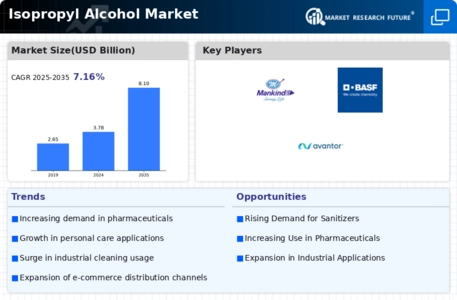


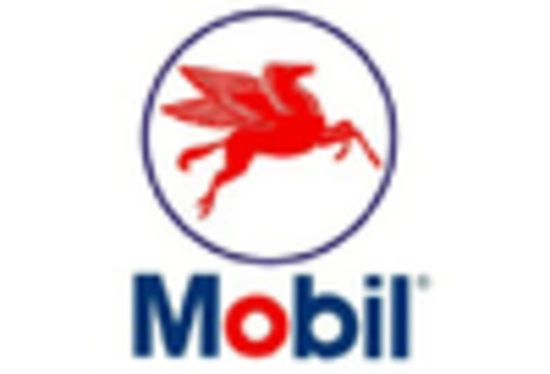
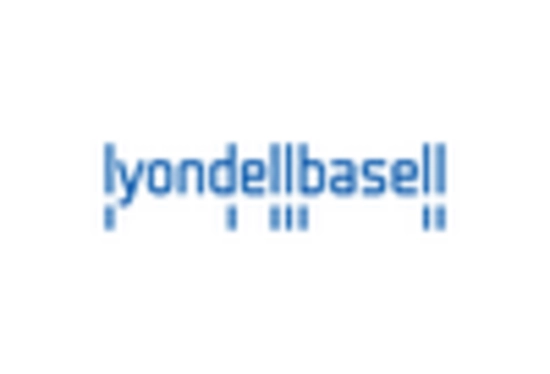
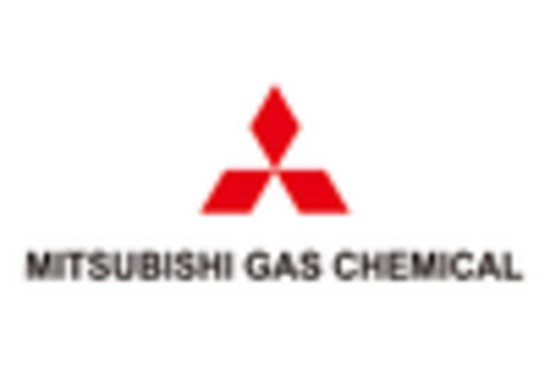
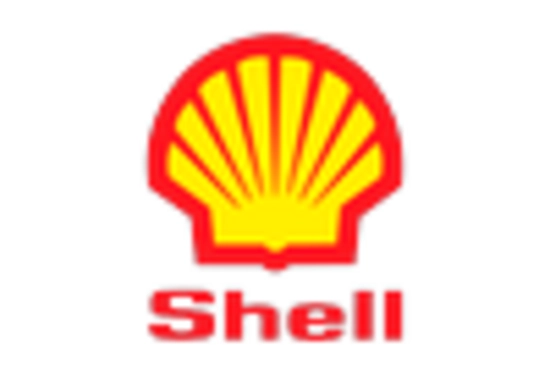

Leave a Comment